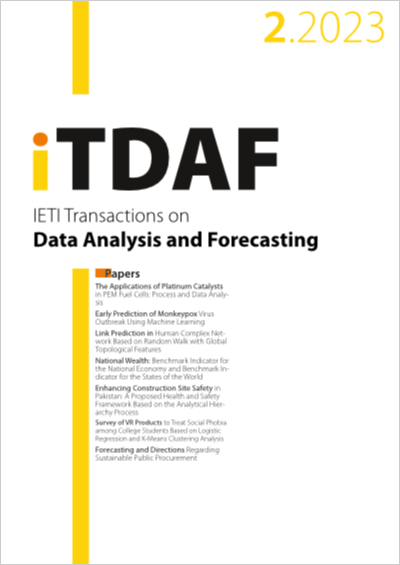Link Prediction in Human Complex Network Based on Random Walk with Global Topological Features
DOI:
https://doi.org/10.3991/itdaf.v1i2.39675Keywords:
Human Complex Network (HCN); Link Prediction (LP); Area Under the Curve (AUC); Preferential attachment (PA); Resource Allocation (RA).Abstract
Link Prediction in Human Complex Networks aims to predict the missing, deleted, or future link formations. These complex networks are represented graphically, consisting of nodes and links, also referred to as vertices and edges, respectively. We employ Link Prediction techniques on four different human-related networks to determine the most effective methods in the Human Complex domain. The techniques utilized are similarity-based, primarily focused on determining the similarity score of each network. We select four algorithms that demonstrated superior results in other complex networks and implement them on human-related networks. Our goal is to predict links that have been removed from the network in order to evaluate the prediction accuracy of the applied techniques. To accomplish this, we convert the datasets into adjacency matrices and divide them into training and probe sets. The training session is then conducted, followed by the testing of the data. The selected techniques are implemented to calculate the similarity score, and the accuracy is subsequently measured for each dataset. This approach facilitates a comprehensive comparative analysis of the various predicting techniques to determine the most effective one.
Downloads
Published
How to Cite
Issue
Section
License
Copyright (c) 2023 Syed Shah Hussain, Muhammad Arif, Osama Bin Inayat, Haji Gul

This work is licensed under a Creative Commons Attribution 4.0 International License.


